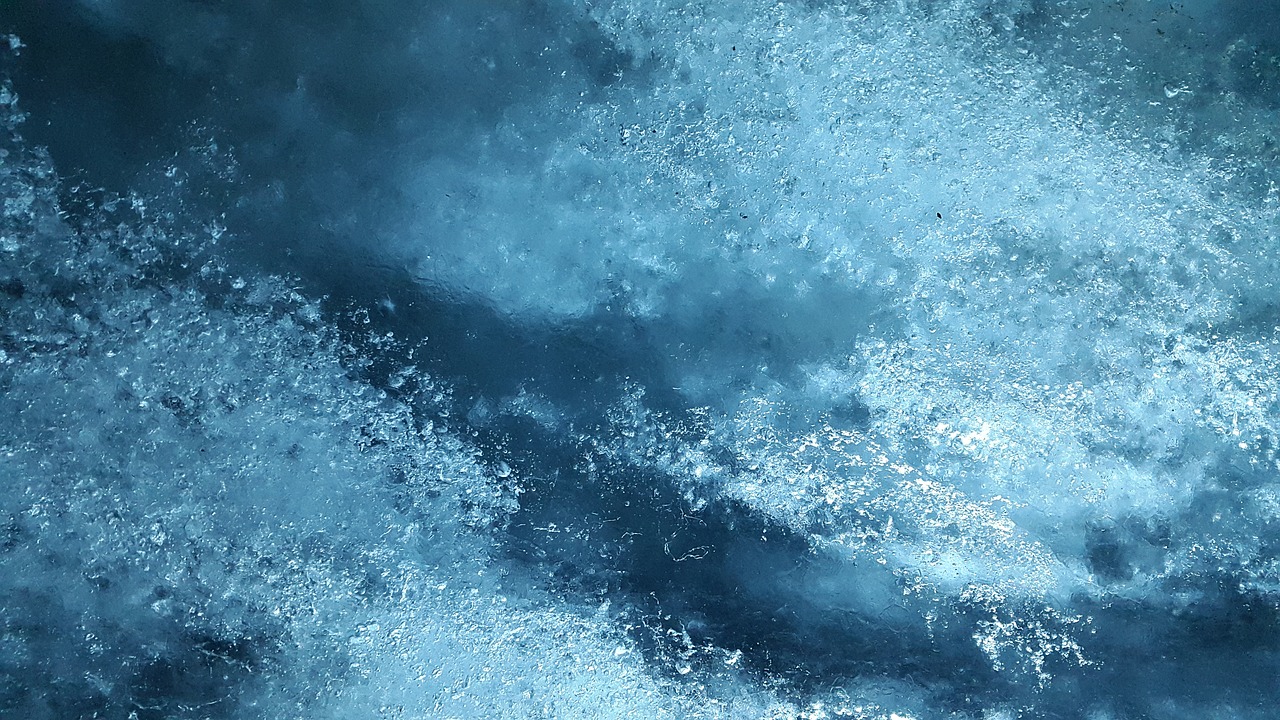The science behind ice cores
Discover the prehistoric secrets held beneath the ice sheets

In order to predict the future of our planet we must first go back in time to unearth the hidden secrets of our icy Earth. Each layer of ice tells a story, exhibiting differences in chemistry and texture. Falling as a fresh blanket of snow each year, atmospheric gases and other materials are trapped in air bubbles as next year’s blanket is laid. Over time every layer of snow is compacted and compressed by more snow until it becomes hardened ice. Much like the rings through a tree trunk, counting the layers throughout the ice enables scientists to age it.
The fundamental idea of using ice cores to read the Earth’s climate was achieved by Danish paleoclimatologist Professor Willi Dansgaard in the early 1950s. Extracting ice cores in Greenland, he found the fi rst tiny air bubbles that archived the world’s climate and environmental history. Those studying the poles today use mass spectrometers to isolate the di erent gases in ice cores, mainly isotopes of oxygen (16O or 18O).
These gases can help determine the atmospheric composition and temperature at the time the snow fell. For example, the heavier element 18O requires more heat than 16O to evaporate into the atmosphere from the ocean’s surface. The ratio of isotopes in ice cores links to the temperature at the time, so heavier isotopes mean higher temperatures. By identifying key patterns in the Earth’s atmospheric timeline we can better understand the direction our planet is heading.

For more information about science and technology, visit our website now. If you have a tablet or smartphone, you can also download the latest digital version onto your iOS or Android device. To make sure you never miss an issue of How It Works magazine, subscribe today!





